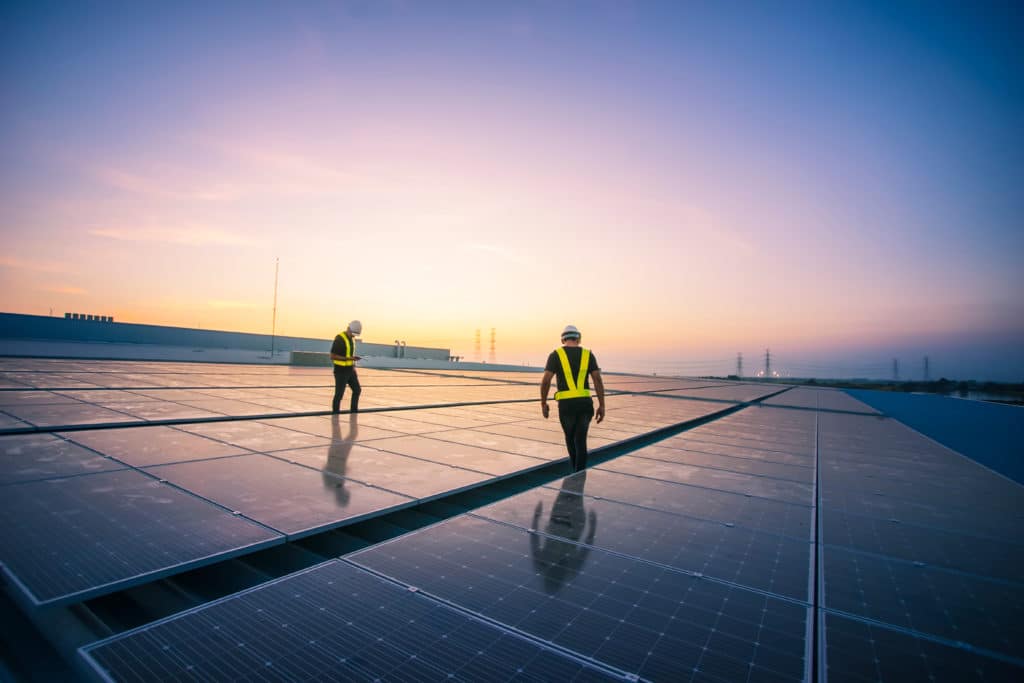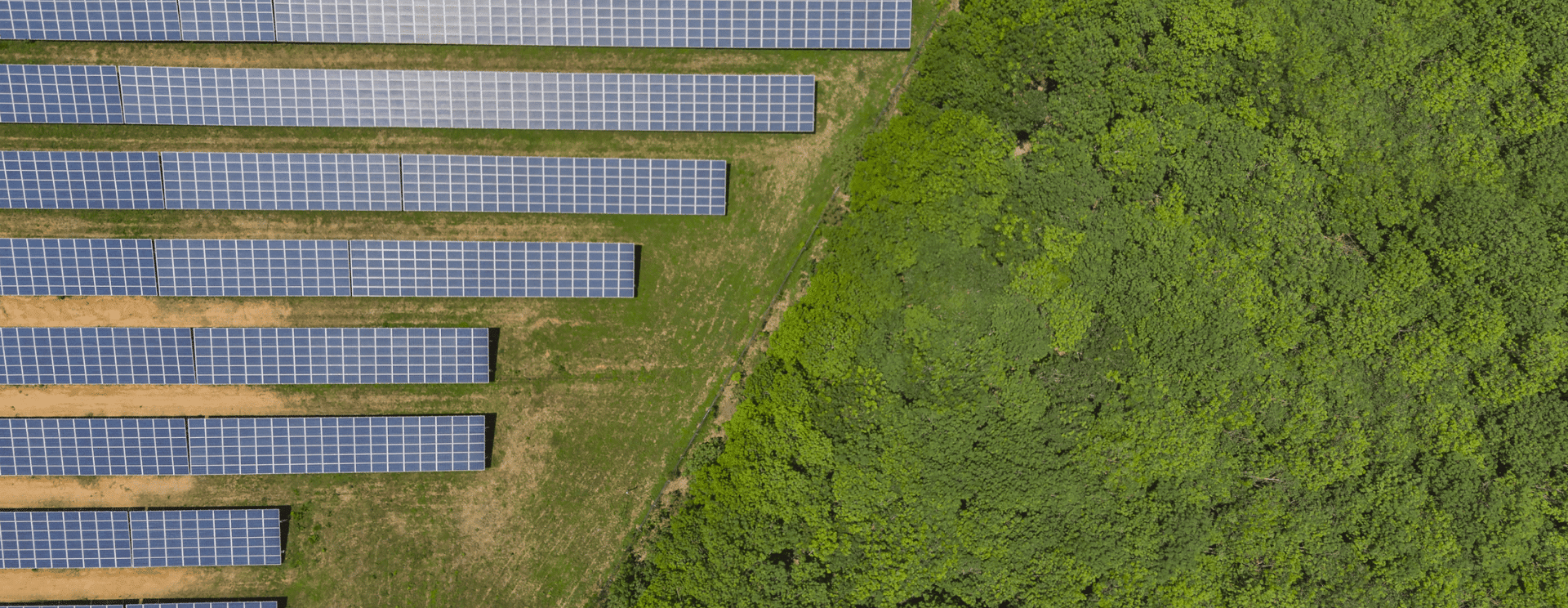What Is a Utility Scale Solar Installation?

When talking about solar projects, “residential” and “commercial” are typically the ones heard of. However, these are not the only types of PV installations. Utility-scale solar is another type of solar project that is a major source of solar energy.
Utility-scale installations keep taking up the larger share of installations- accounting for 57% of installed capacity in Q1 2018. With this tremendous growth of utility PV installations and growth in the industry driven by utility-scale projects, it’s surprising that there is no commonly accepted definition as to what project size constitutes utility-scale.
What then is a utility-scale solar installation?
A utility-scale solar facility is one which generates solar power and feeds it into the grid, supplying a utility with energy.
Utility-scale solar projects can be massive spanning multiple acres of land. Different entities claim different minimum size thresholds for these projects. They can range anywhere from 25 kilowatts to 50 megawatts. Size, however, is a major distinguishing factor of utility-scale solar installations from other solar projects.
The other distinguishing features of utility-scale solar projects include:
1. They are sold to wholesale utility buyers
This is the primary differentiating factor of utility-scale solar from other solar projects. The electricity produced is not directly used at the host site. It is sold to wholesale utility buyers and not end-use consumers. Every utility-scale solar facility has a Power Purchase Agreement (PPA) with a utility, guaranteeing a market for its energy for a fixed term of time (usually 10 to 25 years).
Some of the utility-scale solar project participants include:
- Wholesale utility companies that purchase the generated power
- Project developers and EPCs (engineering, procurement, construction)
- Project financiers
- Contractors and installers
- Local government agencies
- Solar and energy storage equipment manufacturers
- Solar project owners
2. They are usually ground-mounted arrays
Because of the massive size of utility-scale solar plants, the installations are usually ground-mounted arrays. These arrays can be set at the perfect angle on the power plant to maximize sun exposure hence optimizing energy production.
Sometimes the ground-mounted arrays include the use of solar trackers to maximize energy production.
3. They utilize several solar technologies
A utility-scale solar power plant can utilize several solar technologies – primary photovoltaics (PV), concentrating photovoltaics (CPV), or concentrated solar power (CSP).
While often confused, CPV and CSP technologies are intrinsically different. CPV technologies use the photovoltaic effect to directly generate electricity from sunlight while CSP uses heat from the sun’s radiation to make steam to drive a turbine which produces electricity using a generator. The concentrated thermal energy from CSP can be stored and used to produced electricity as needed regardless of the time of day.
4. They are highly reliable as a source of energy
Utility-scale solar projects can guarantee energy production since most of the installation designs can include energy storage capacity that provides power when the sun is not shining and increases grid reliability and resiliency.
In addition to this, utility solar plants are popular with utility companies since they provide the benefit of fixed-price electricity during peak demand periods when electricity from fossil fuels is expensive.
The solar market is growing rapidly in the US with utility-scale solar driving most of that growth. It’s therefore essential to understand what exactly these installations entail including the components necessary to create an operational utility-scale solar project.
To learn more about utility-scale solar and its components, check out our recent article on balance of system for utility-scale solar.


